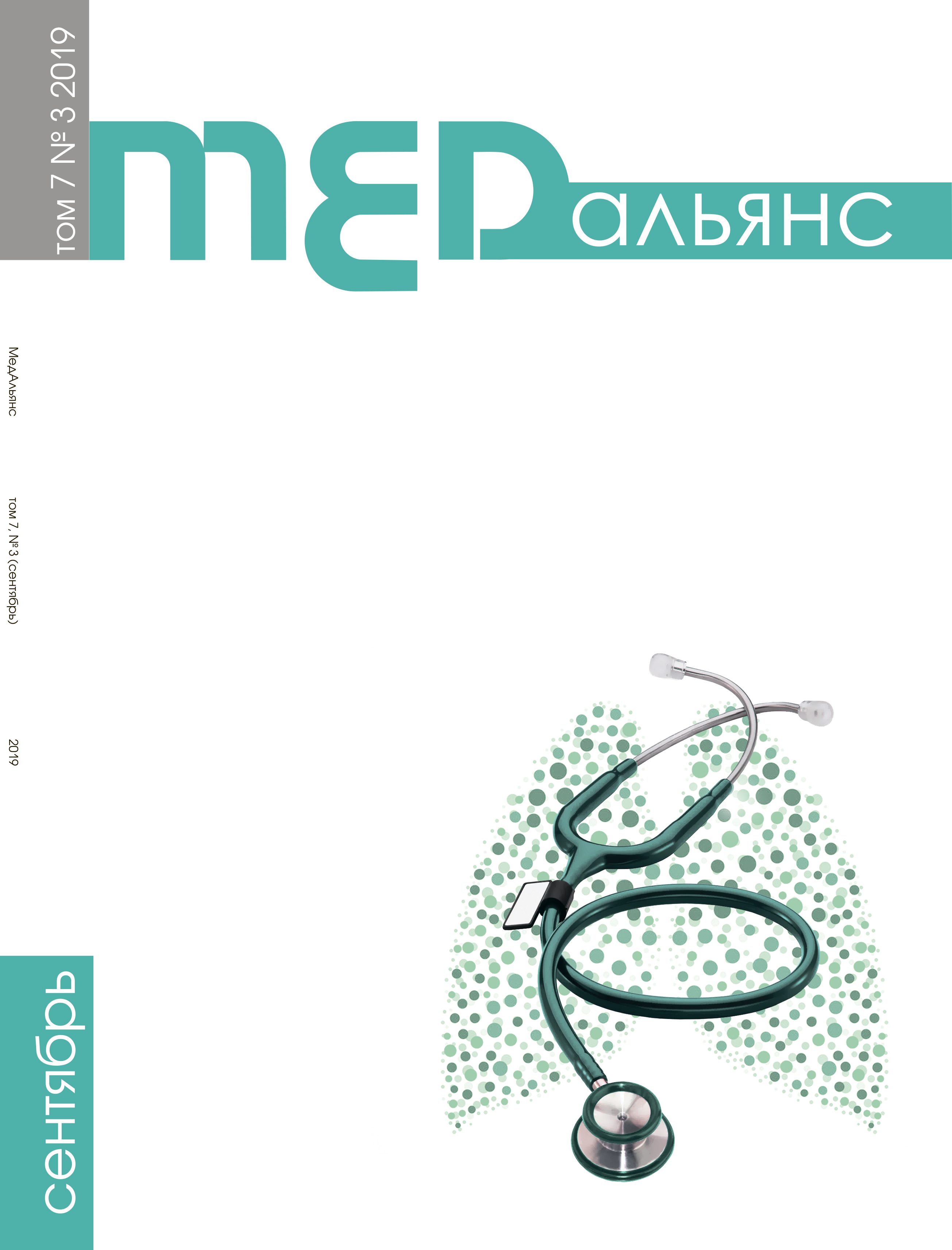Abstract
The development of allergic diseases (AZ) is associated with many factors. The biodiversity theory, which considers the effect of a modified environment on the human microbiota, leading to disruption of immunological mechanisms and the development of diseases, is relevant. The importance of the influence of the “natural” environment has long been known, as evidenced by the growth of AZ in the urban population [1, 2]. The problem of biodiversity and the development of AZ is studied for a long time together with Petrozavodsk State University, the Republic of Karelia and the University of Helsinki, Finland [3]. The study of the prevalence of AZ and atopy, their trends, the search for the leading factors among genetically similar populations living in identical climate and geographically regions — Finnish and Russian Karelia (border areas), but differing in socio-economic factors [4–6]. In 2010/2012, this stage of the research was completed — KARAALERGIA-2012. The composition of the microbiota of the skin and respiratory tract (nasal cavity) was studied in healthy children aged 14–20 years: 76 Finns and 160 Russians using multifactorial DNA methods. Significant differences were obtained in the composition of the skin (R2=0.04, р=0.001) and nasal (R2=0.03, р=0.0001) microbiota. In Finland, it is enriched with Micrococcus and Corynebacterium, in Russia — Acinetobacter, Aerococcus and Jeotgalicoccus. Acnetobacter OTU- 72 is abundant in Russia on the skin 3 times (р<0.001) and on the nasal mucosa 4 times higher (р=0.002).The fungal microbiota was also different (R2=0.02, р=0.001). Among Russians, it is more diverse (P = 0.003); fungi of the genus Aspergillus and Phoma are characteristic. The results obtained clearly show the influence of the environment on the composition of the skin and respiratory microbio ta. The abundance of Acinetobacter among Russians associated with the expression of the anti-inflammatory cytokine IL-10 may explain the lower prevalence of AZ in Russia compared to the border area of Finland.

